Ikoria: Lair of Behemoths is Magic: The Gathering‘s newest set. That means there are new and returning mechanics, as well as a slew of themes to build decks around.
Here’s what you need to know about this monstrous set.
Mechanics
Ikoria is all about monsters and that means the mechanics complement big creatures. In this set, you’ll be able to befriend monsters with companion, change monsters by mutating them or giving them new keywords, and even exchange them for value using cycling.
Cycling
In a world with high casting costs, no mechanic is more welcome than cycling. Simply put, the mechanic gives your big cards a “safety valve” by allowing you to discard them and draw a new card. As a bonus, some—like Titanoth Rex—let you get something minor in addition to the new card.
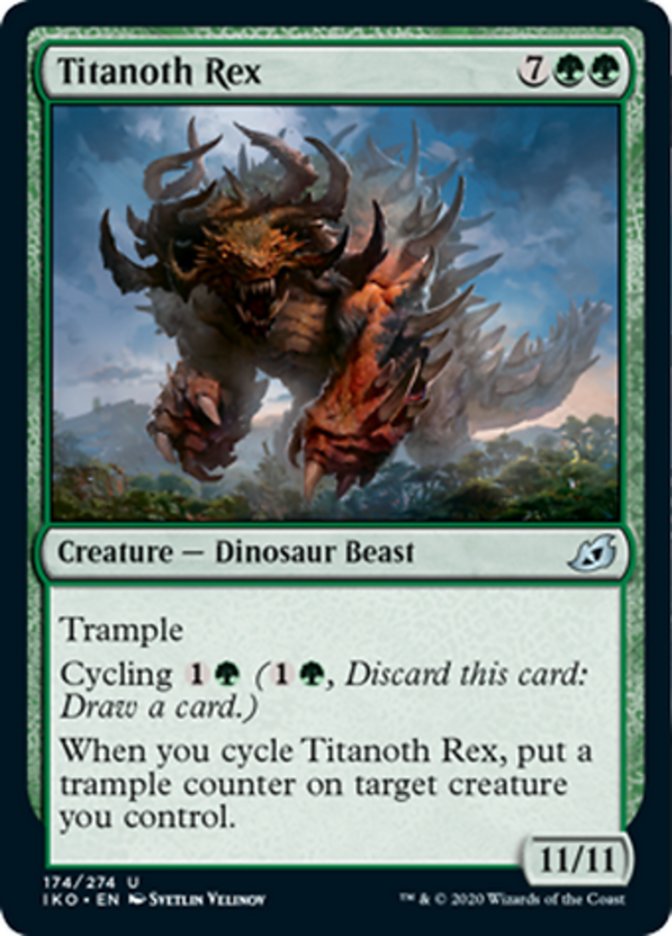
And, don’t forget, as an activated ability, you can cycle at instant speed. Don’t be afraid to fire this off on your opponent’s end step to give yourself another chance to bag that third or fourth land.
Mutate
Mutate is the headline mechanic for Ikoria—and for good reason. It makes all your creatures bigger, better, and more terrifying. It’s also one of the most complicated new mechanics to be created in years.
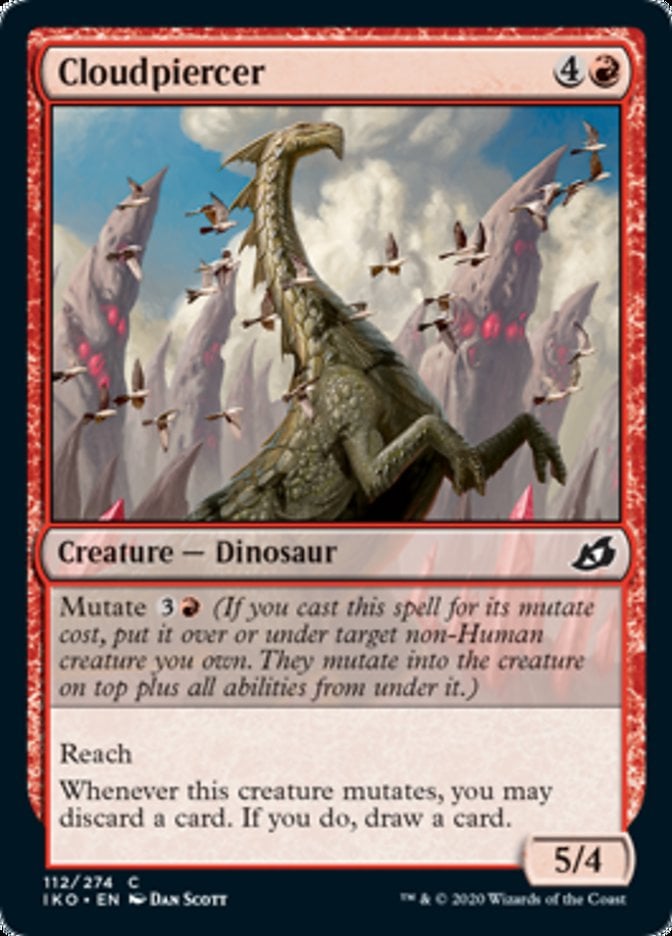
Mutate only appears on creature cards and creatures with mutate can always be cast as regular creatures. Cloudpiercer, for example, would just be a 5/4 with reach that costs 4R.
But each creature with mutate can also be cast for its mutate cost. It must have a valid non-Human creature target that you own. When you cast it for its mutate cost, you may either put the new creature on top of the old one or tuck it underneath. Some creatures also have mutate triggers. Those go off regardless of whether it’s the creature cast for its mutate cost or the target of a mutate.

Once mutated, the two creatures essentially become one. This new creature gains all features of the top card and the ability text of all cards underneath (yes, you can mutate a single creature multiple times). It also gains all Auras, counters, and attached equipment of the targeted creature. It doesn’t have summoning sickness, though, so swing away.
Some rules to note:
- The creature stack changes zones together. So, when the mutated creature is killed or exiled, all creatures in the stack die or get exiled. When the mutated creature is returned from exile (such as removing a Banishing Light), you get them all back, separately.
- If you cast a creature for its mutate cost and the target becoming invalid (like if your opponent kills it), you still get the mutated creature all by its lonesome.
- If a creature beneath another creature in the stack has an ability that references itself (like Bristling Boar), you can treat the ability as if it references the top creature (so, for Bristling Boar, the creature stack would gain the “can’t be blocked by more than one creature” ability).
Keyword counters
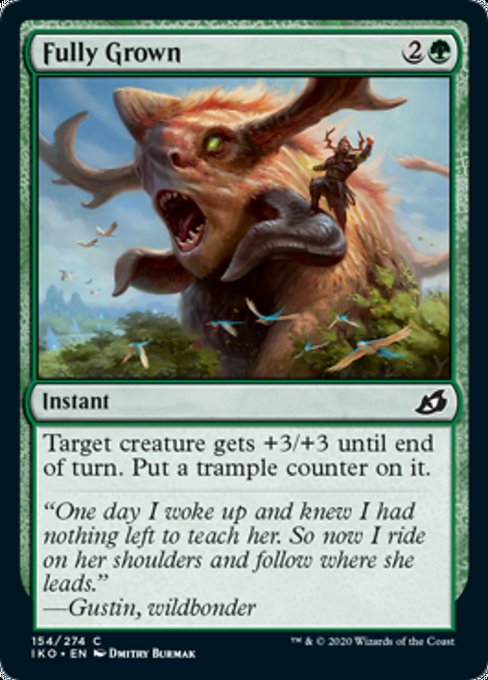
Most players are familiar with common “evergreen” abilities that appear in every set—things like flying, trample, and first strike. Now, Ikoria adds the ability for spells and abilities to add those evergreen abilities as counters. So, for Fully Grown, the target creature would get +3/+3 until end of turn, and trample for as long as the trample counter is on the creature. Wizards is even including punch-out cards to help players track all of these counters.
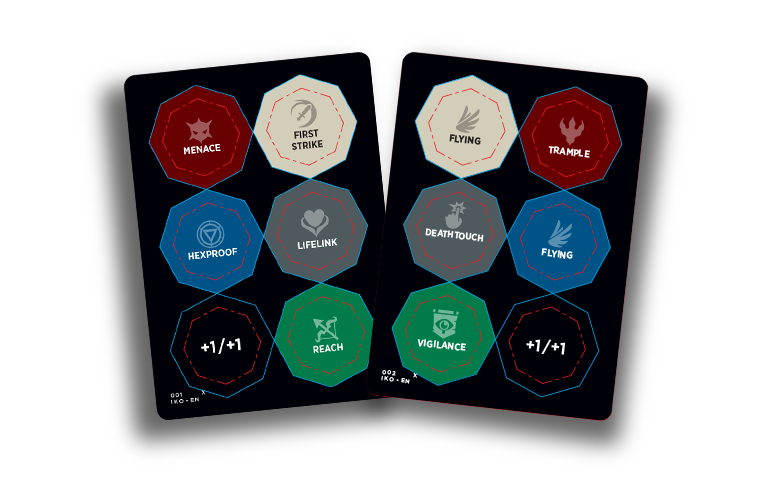
Companion
Companion is a unique and rare ability that Wizards is printing on a series of cards almost solely intended for Constructed formats. To use the companion mechanic, players must build their decks in a restricted way as detailed by the card.
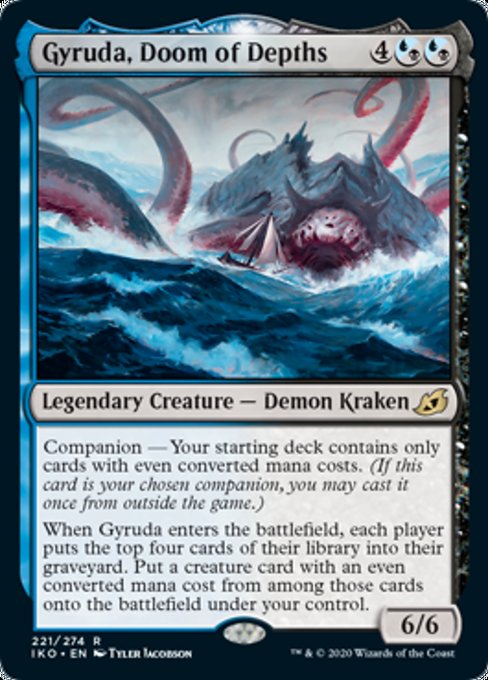
But if you do meet that restriction, you may do the following:
- Put the companion card in your sideboard (it can’t be in your deck).
- You may cast the companion card from your sideboard one time, at any point in the game that it would be legal to cast it.
- If you’re playing a format that doesn’t use the sideboard (like Commander or Brawl), you can just cast it from outside the game as if it were on your sideboard.
This is powerful—one companion has even already been banned in Commander. While the restrictions are high, the payoff is abundant, so we expect companions will become regular features in Constructed play.
You can just have companions in your main deck if you want. You can cast it normally like any other creature, ignoring its companion mechanic.
Hybrid mana costs
If you take a second look at Gyruda, you’ll notice its casting cost.

Those multi-colored pips are called hybrid mana symbols. You can pay them with mana of either color—so you can play Gyruda with only blue mana, with only black mana, or with blue and black mana. In general, these are considered less restrictive mana costs than single-colored pips.
Themes
Go big
Ikoria is a monster-themed set, so expect lots of battlecruiser-style Magic with big creatures smashing into each other and the biggest coming out victorious.
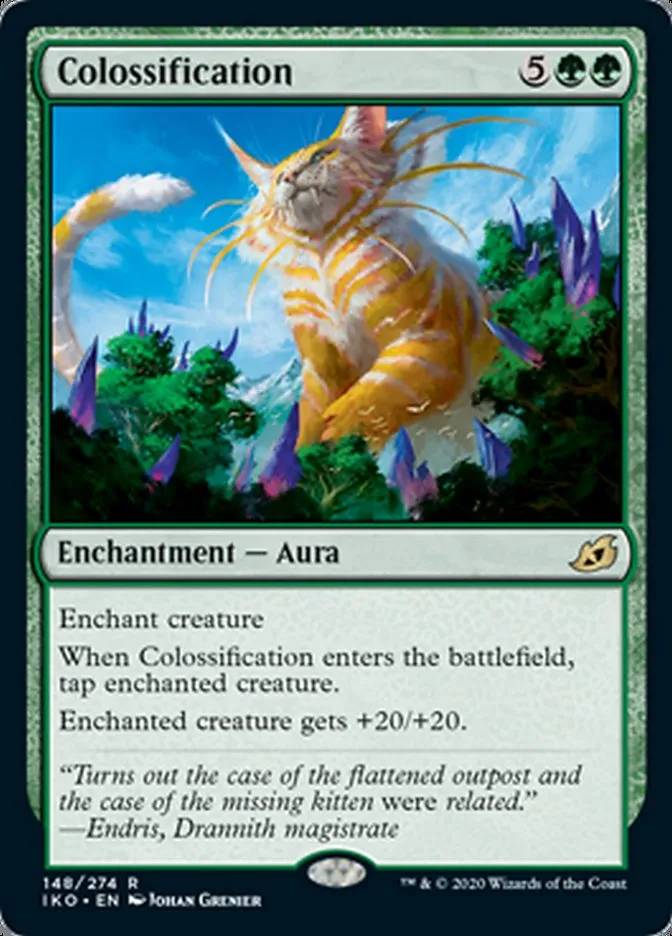
So, go big. Just watch out for removal spells (especially when you play Auras like Colossification) and prioritize evasion effects like flying or abilities that push through damage like trample.
Creature types
One theme running throughout this set is creature types. There are a number of cool new and returning types—Otters, Sharks, Squirrels, even something called a Bushwagg. But some types are associated with colors, specifically:
- Cats: associated with white and the grassy plains of Savai.
- Elementals: associated with blue and the crystal forest of Ketria.
- Nightmares: associated with black and the swampy pools of Indatha.
- Dinosaurs: associated with red and the volcanic beaches of Raugrin.
- Beasts: associated with green and the humid rainforest of Zagoth.
Many of the monsters in this set follow these guidelines, especially the multi-colored legendary creatures.
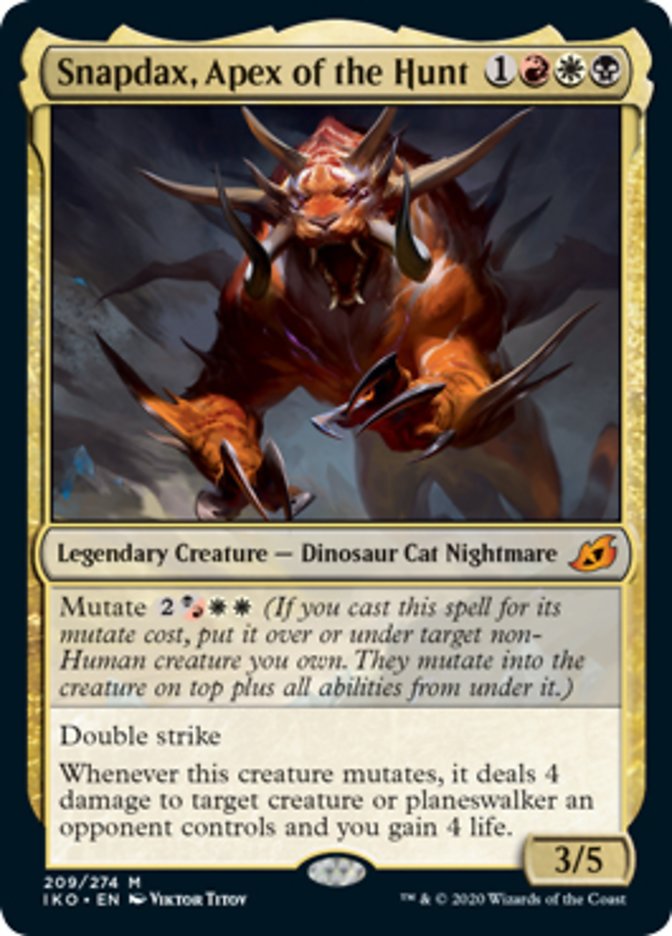
Snapdax, Apex of the Hunt, for example, is a Dinosaur Cat Nightmare, following the colors in its casting cost in order. Unlike the wedge tribes of Tarkir, the same color wedges on Ikoria are focused on their central “enemy” color.
The Mardu are white-focused, hence Snapdax’s mutate cost being loaded more toward white and Snapdax toward white abilities like double strike and the ability to gain life. Snapdax is also clearly mostly catlike among its creature types based on the image.
Creature types are a huge part of this set’s design and may play a mechanical role too as we see more spoilers. This may even hint at a potential return to the plane of Lorwyn, which Wizards designed with a strong mechanical theme around creature types.


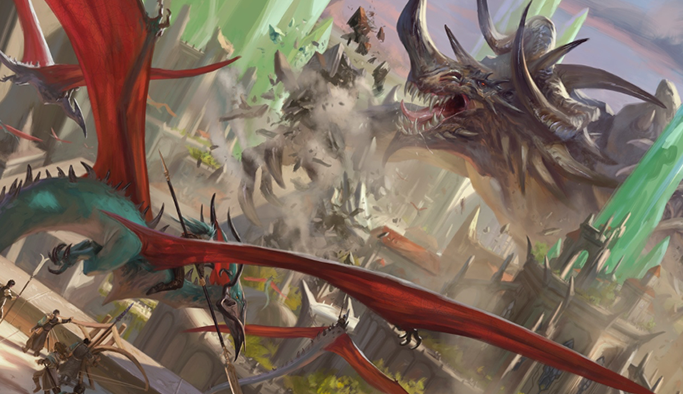
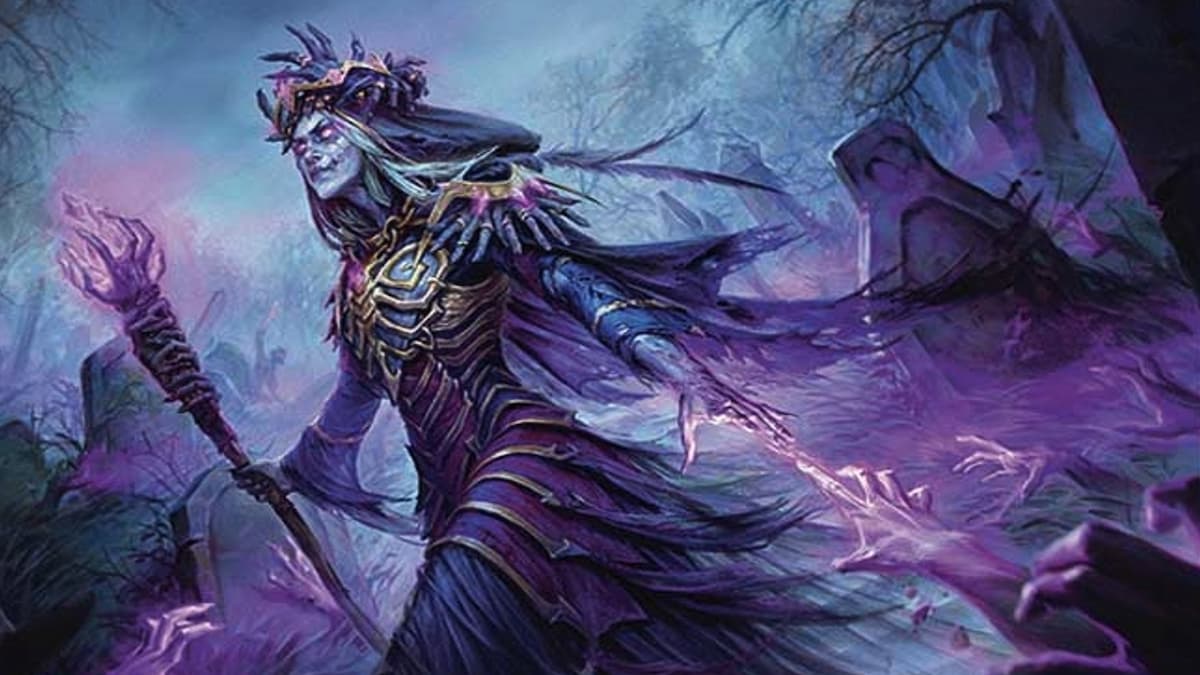
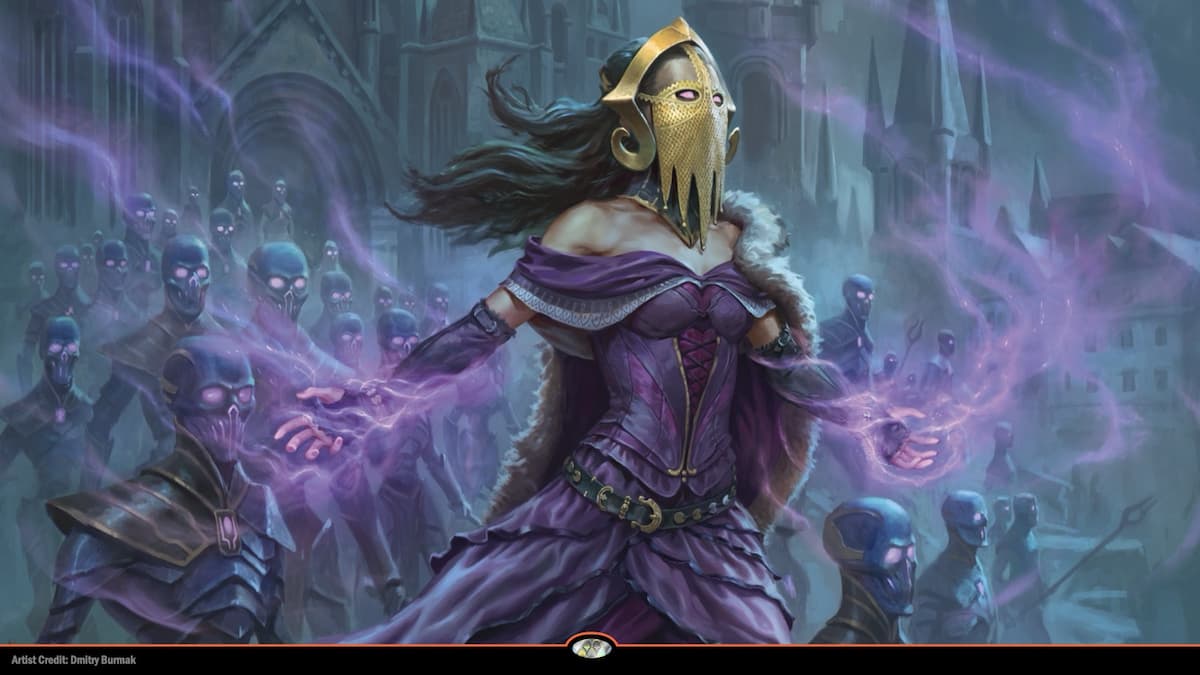
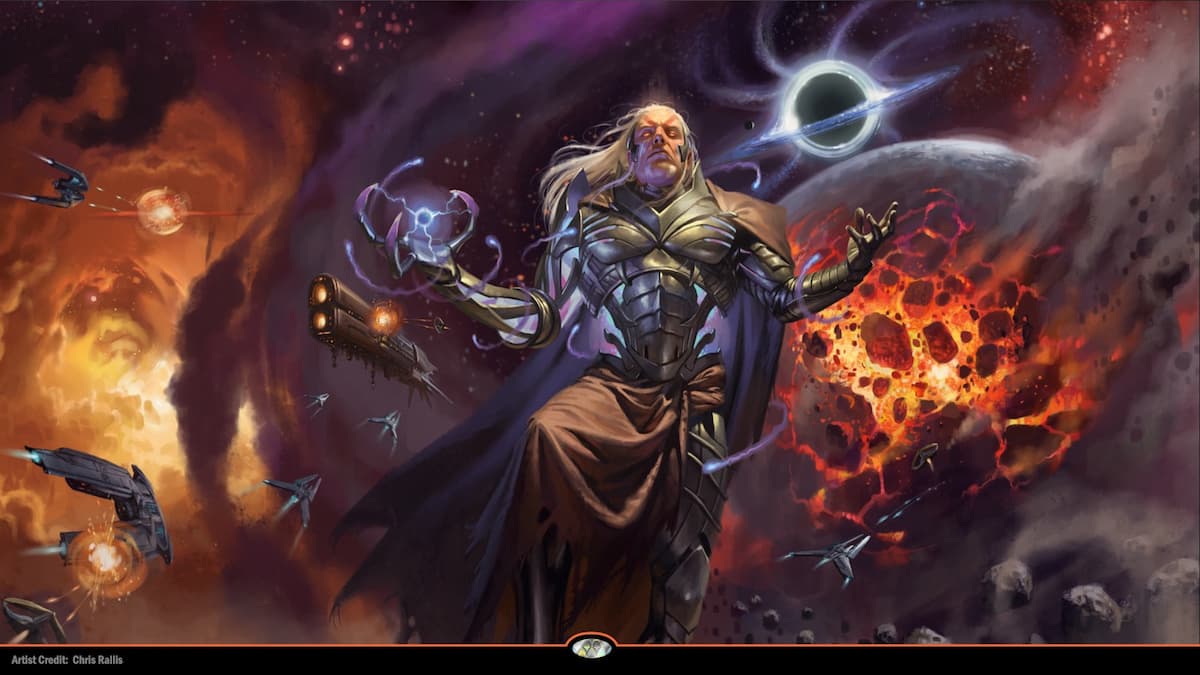
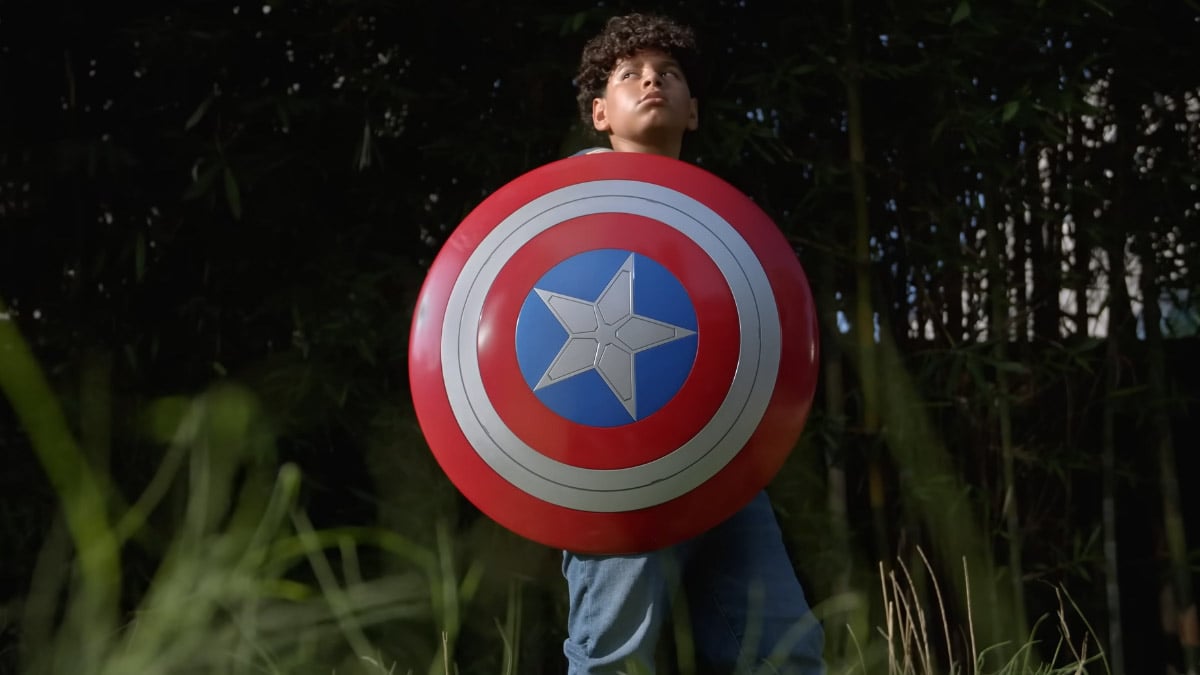

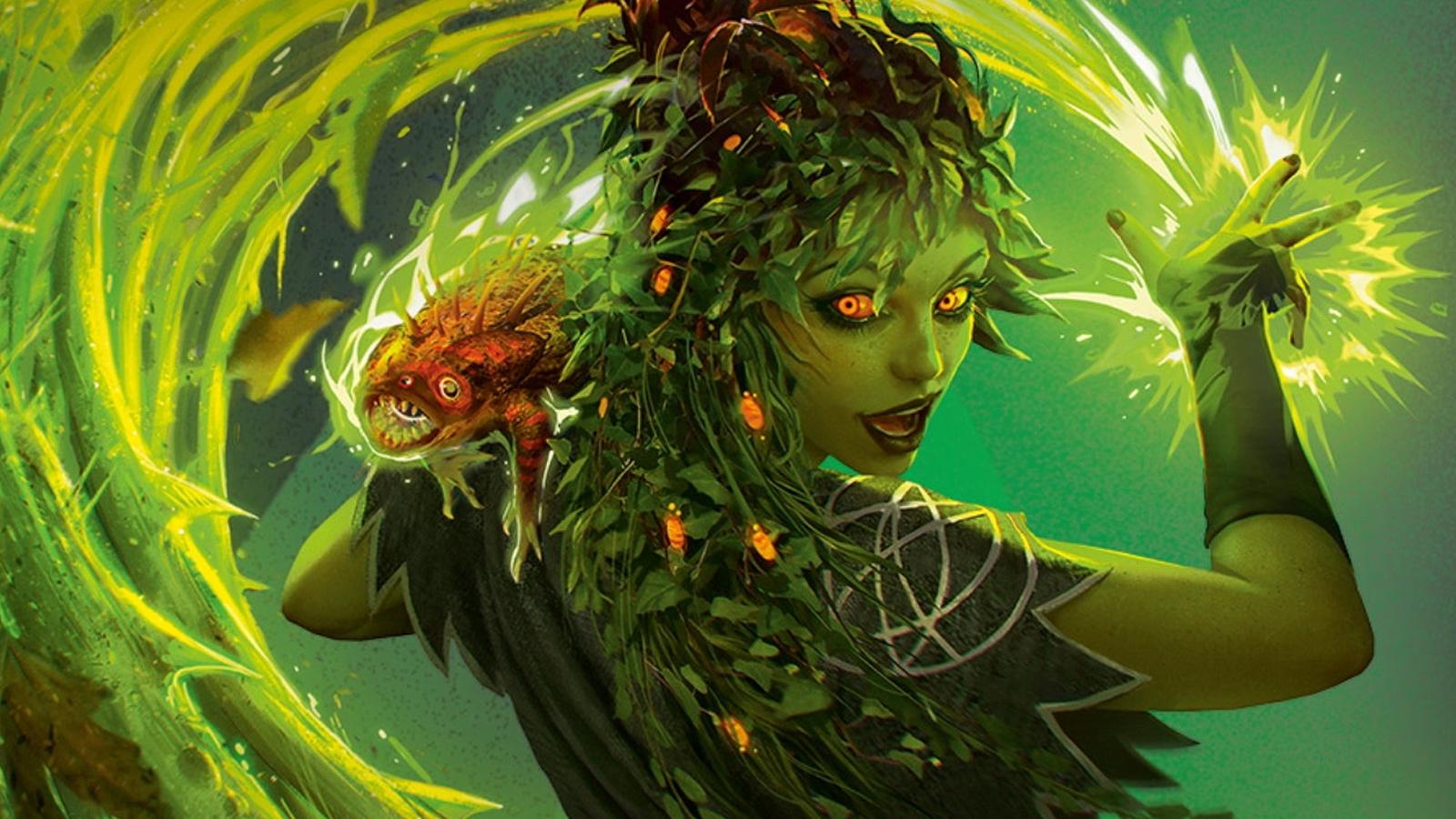
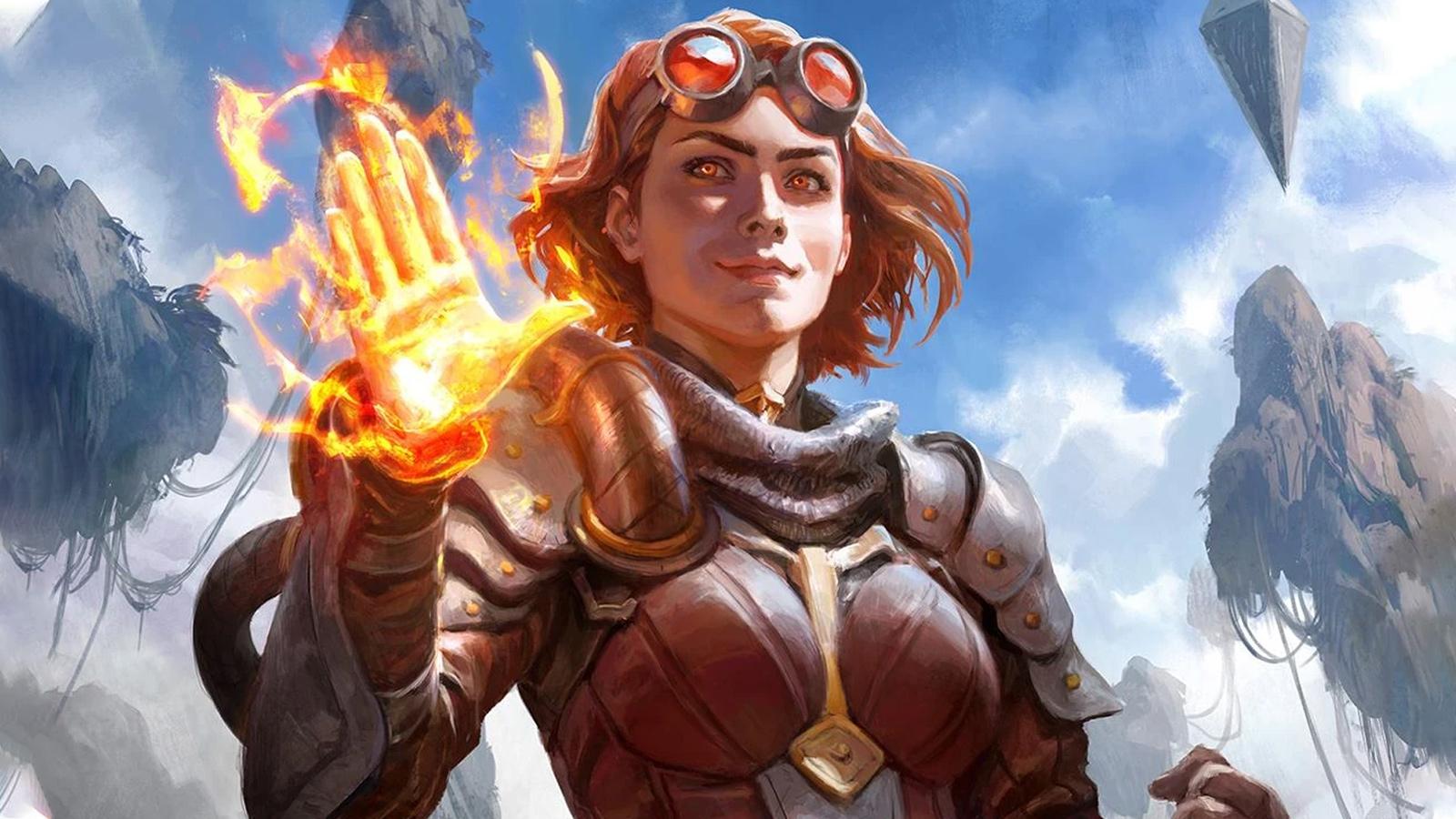
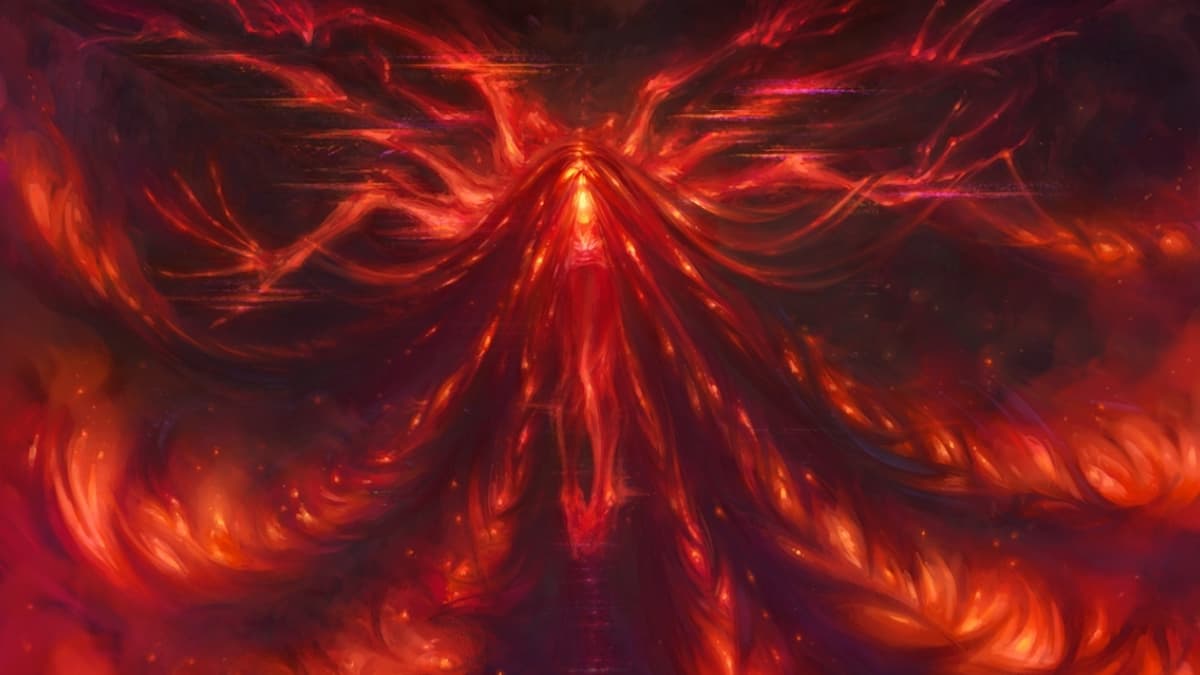

Published: Apr 3, 2020 04:03 pm